Hate crime strategy
Sets out our key priorities for tackling hate crime and prejudice in Scotland. This strategy has been developed in partnership with our Hate Crime Strategic Partnership Group and the voices of those with lived experience.
6. Hate crime in Scotland
In order to demonstrate human rights compliance[12] by providing annual disaggregated hate crime reports, we have been working with Police Scotland as an interim measure to publish 'Characteristics of Police Recorded Hate Crime in Scotland'.[13]
To date, there have been two published studies which present statistics on the number of hate crimes recorded by the police in Scotland over 2014-15 to 2021-22, and provide helpful insight into the nature of hate crimes and the characteristics of both victims and perpetrators.
The latest report shows that the police recorded 6,927 hate crimes in 2021-22 and that since 2014-15, the number of hate crimes recorded has remained relatively stable, fluctuating between 6,300 and 7,000 crimes a year.
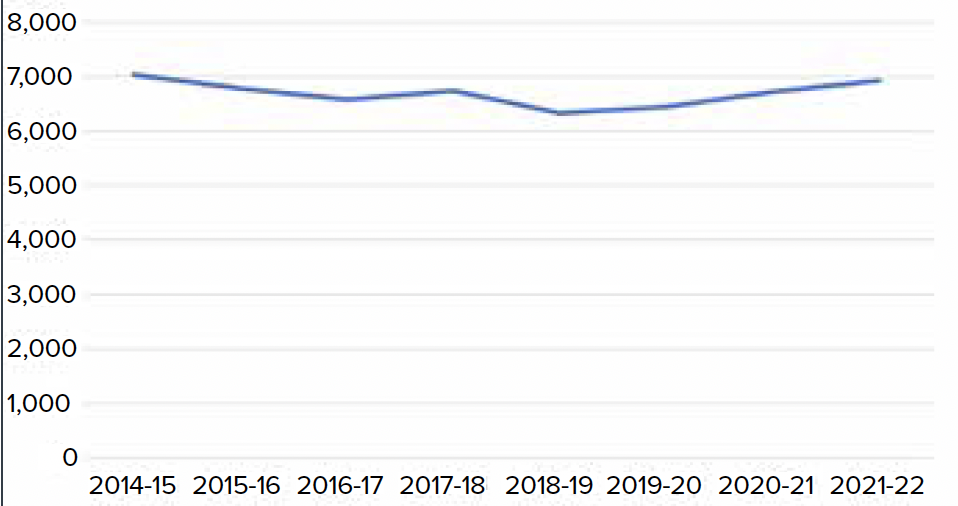
It is important to bear in mind there are a range of factors that could influence the number of hate crimes recorded by the police. Whilst changes in the number of crimes recorded could reflect a change in the number of crimes experienced by the population of Scotland, other factors are also likely to have an impact.
Trends can be affected by public reporting practices; attitudes to certain behaviour may change over time and reporting rates may vary by the type of crime.
Under-reporting of hate crime is also recognised as a key factor, and it could be that different groups in society may be more or less likely to report to the police that they have been the victim of a hate crime.
In 2021-22, just over three-fifths (62%) of hate crimes included a race aggravator, over a quarter (27%) included a sexual orientation aggravator, 8% a disability aggravator, 7% a religion aggravator and 3% a transgender identity aggravator. Any individual crime can include multiple aggravators. In 2021-22, 5% of hate crimes included more than one aggravator.
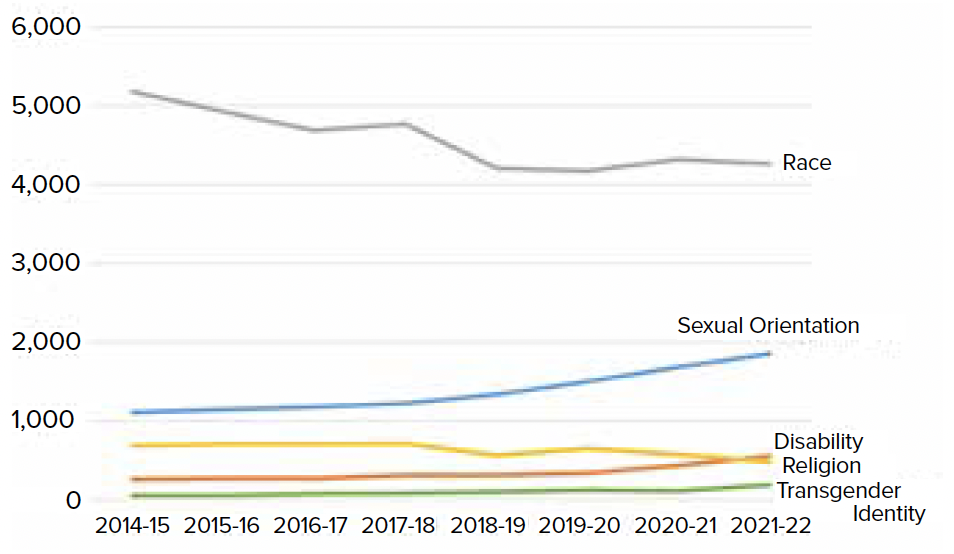
Since 2014-15 there has been a small fall in the overall number of recorded hate crimes, decreasing by 1%. There was also a decrease in the number of recorded hate crimes that included a race aggravator (down 18% from 5,178 crimes in 2014-15 to 4,263 crimes in 2021-22) as well as the number that included a religion aggravator (down 30% from 682 in 2014-15 to 478 in 2021-22). The number of recorded crimes with a sexual orientation aggravator increased over the same time frame (up 67% from 1,110 in 2014-15 to 1,855 in 2021-22). The number of crimes with a disability aggravator doubled (from 260 in 2014-15 to 552 in 2021-22), and the number of transgender identity-aggravated hate crimes has more than tripled, albeit from a relatively small base (from 53 to 185).
However, within these characteristics, we are able to gain further insight into the nature of hate crime.
- Where information was available on the ethnicity of victims, almost two-thirds (or 64%) of race aggravated hate crimes had a victim from a visible minority ethnic (non-white) group. This compares to 4% of Scotland's population at the time of the last census in 2011.
- An estimated 18% of race aggravated hate crimes had a victim of African, Caribbean or Black ethnicity. This was followed by Polish or Other White and Pakistani, Pakistani British or Pakistani Scottish (with both groups accounting for 17% of cases each).
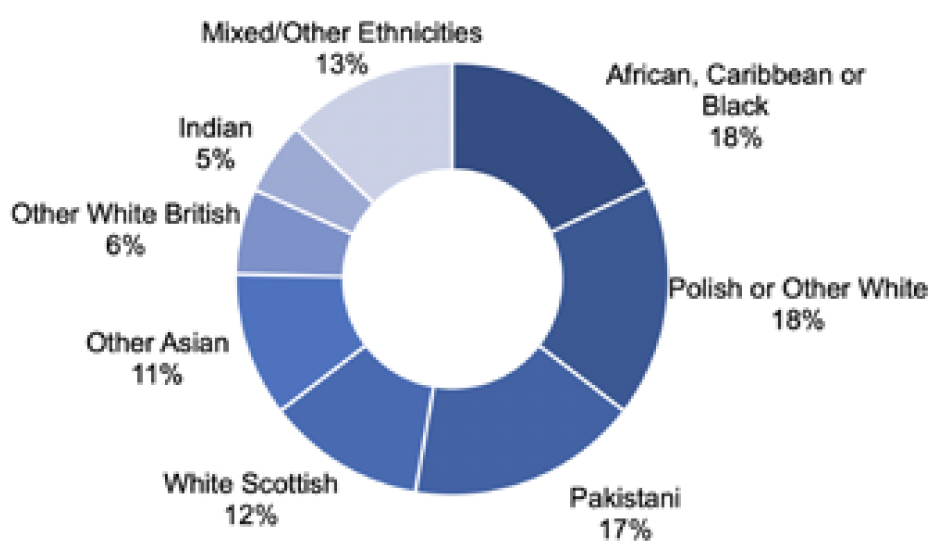
At 12%, victims who were White Scottish made up the next largest group. However, it is worth noting that only 4% of all race aggravated hate crimes showed either anti-White or anti-Scottish prejudice. This is because cases are included where either the victim of the crime was different to the target of the hate, for example against a third party, or cases where the perpetrator's perception did not align with the victim's self-identified ethnicity, as well as those cases where anti-White or anti-Scottish prejudice was shown.
- In 36% of race-aggravated hate crimes, the words used or actions taken by the perpetrator suggested an anti-Black prejudice and in over a quarter of cases prejudice was shown towards the Pakistani community. In almost one in five crimes the perpetrator made general xenophobic remarks not directed at any one group.
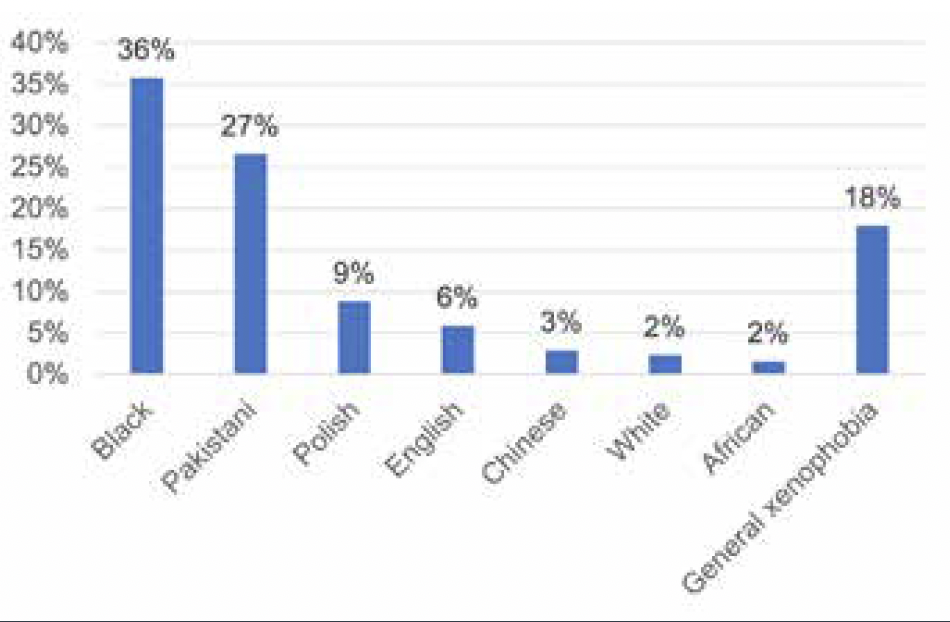
- A majority of disability-aggravated hate crimes included a prejudice against those with a learning disability (73%). Just under one in six (15%) showed a prejudice against those with a physical disability.
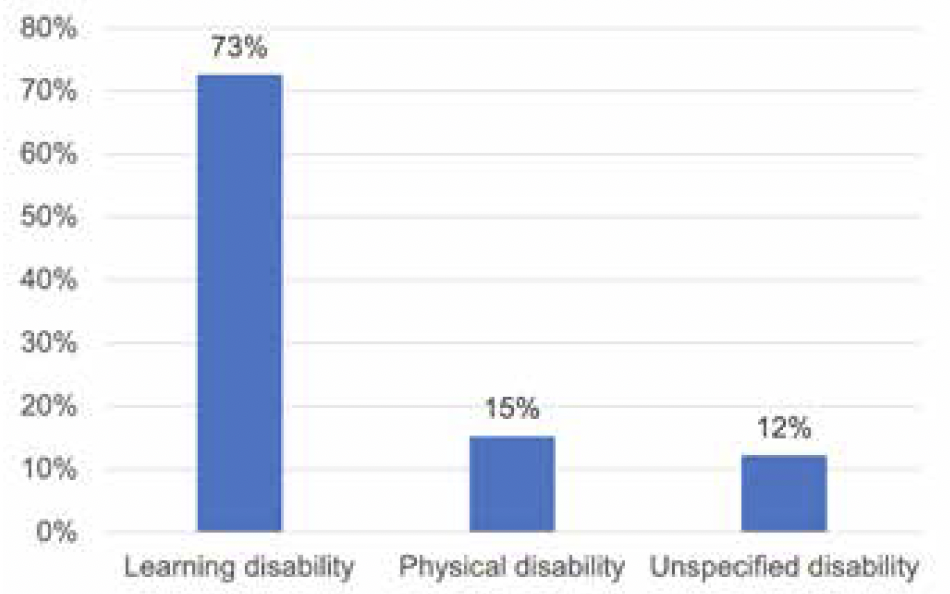
- In almost half of religion-aggravated hate crimes the perpetrator showed prejudice towards the Catholic community (47%). The next largest groups were the Muslim and Protestant communities, both accounting for 16% of cases each, 9% of crimes showed anti-Jewish prejudice.
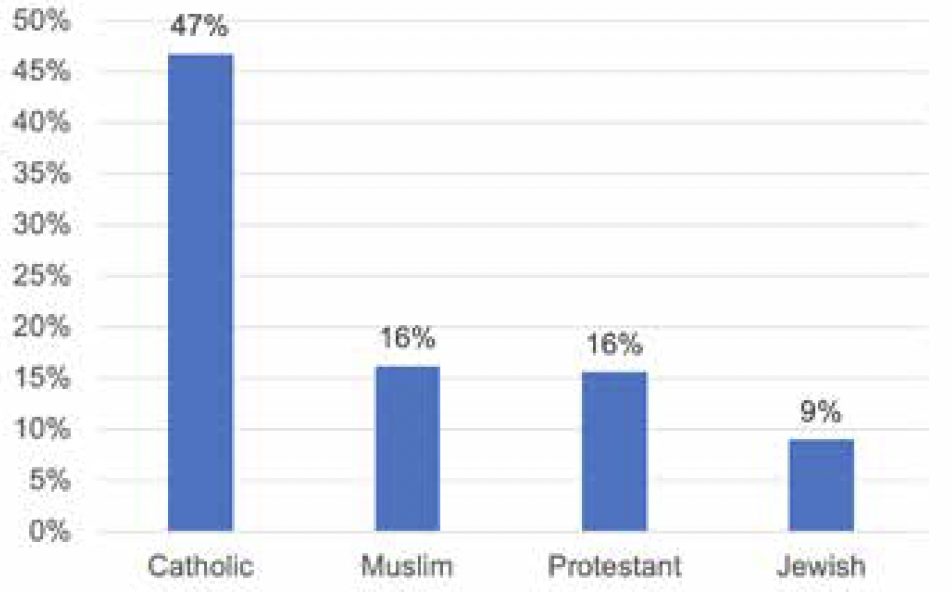
- In the vast majority of sexual orientation-aggravated hate crimes, the perpetrator showed prejudice towards the gay (77%) and lesbian (23%) community.
- In the vast majority (89%) of transgender identity-aggravated hate crimes, the perpetrator showed prejudice towards those from the transgender community.
High profile events
We also know that experiences of hate crime can be impacted by national and global events which are not always identifiable in hate crime datasets. For example, we heard from partners and communities about increases in hate crime directed towards both Chinese and disabled communities as a result of the pandemic. We also know that terrorist events in the UK and further afield have a direct impact on communities in Scotland.
Contact
There is a problem
Thanks for your feedback